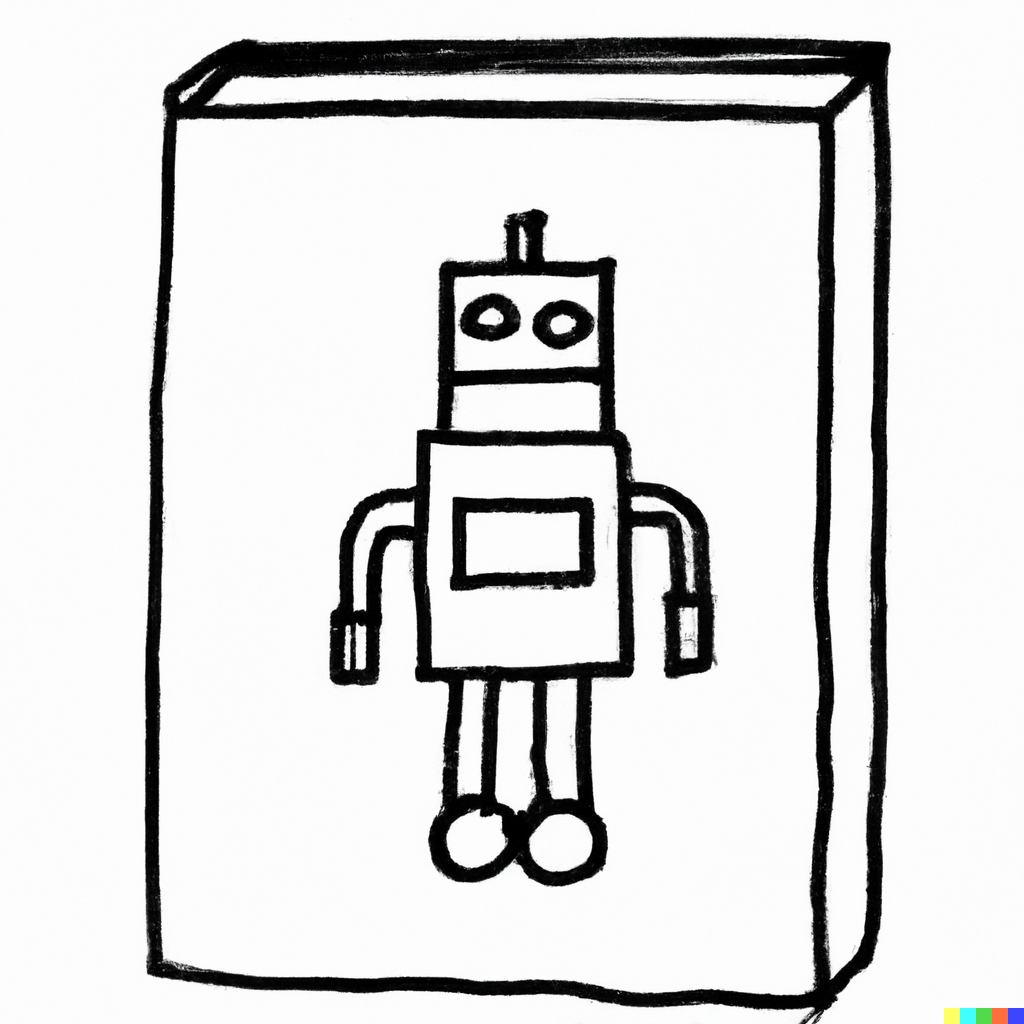Video: How ChatGPT + Transformers work in 2024?
Summary of the key points from the video:
Here is a summary of the key points from this lesson on an introduction to transformers:
- Transformers are a type of deep learning model that underlies AI tools like ChatGPT, DALL-E, text-to-speech, and language translation. They work by breaking input into tokens, associating each token with a vector that encodes its meaning, and passing these vectors through attention blocks and multi-layer perceptrons to generate a probability distribution predicting the next token.
- Deep learning models have a flexible structure with tunable parameters (weights) that are learned from data. The models have to be structured so the weights only interact with data through weighted sums, usually expressed as matrix-vector multiplication. This allows them to be trained efficiently through backpropagation.
- Words are embedded into high-dimensional vector spaces where directions encode semantic meaning. Similar words have vectors pointing in similar directions.
- The input text is broken into tokens that are each mapped to a vector using an embedding matrix. These vectors can encode the meaning of the token in context as they pass through the network.
- At the end, the last vector is mapped to logits (scores) for each possible next token using an unembedding matrix. A softmax function converts the logits to probabilities. A temperature parameter controls the randomness of sampling from this distribution.
The key ideas are: breaking text into vectors, learning weights that transform the vectors to capture meaning and context, and generating predictions as probability distributions over tokens. Matrix-vector multiplication is the core operation that enables learning the transformation weights from data.
Attention in Transformers
Here is a summary of the key points from this lesson on the attention mechanism in transformers:
- The attention mechanism allows the embeddings for each token to incorporate contextual meaning from other relevant tokens. For example, the embedding for the word “mole” would be updated based on whether the surrounding context is about spies, animals, or science.
- Attention works by computing a query vector for each token (e.g. looking for relevant adjectives or context) and a key vector for each token (e.g. indicating if it can provide relevant context). The dot product between each query and each key gives an “attention score” indicating relevance.
- The attention scores are normalized with a softmax to get an “attention pattern” – a probability distribution for each token over which other tokens are relevant to it. Tokens can only attend to earlier tokens, not later ones, so the upper triangular part of the attention pattern is masked out.
- To update an embedding, a weighted sum of “value vectors” is added to it, weighted by the attention pattern. The value vector for each token aims to encode the contextual information it can provide to other tokens.
- The query, key, and value vectors are produced by multiplying the original embeddings by learned matrices. The key and query matrices are the same size, mapping to a smaller “key-query space.” The value matrix factors through this smaller space for efficiency.
- Transformers use multi-headed attention – many attention heads are computed in parallel, each with their own learned query, key, and value matrices. The outputs are concatenated and linearly transformed to update each embedding.
- Multiple layers of attention blocks allow embeddings to progressively incorporate more nuanced and high-level contextual information. The attention mechanism is very parallelizable which enables training extremely large models.
